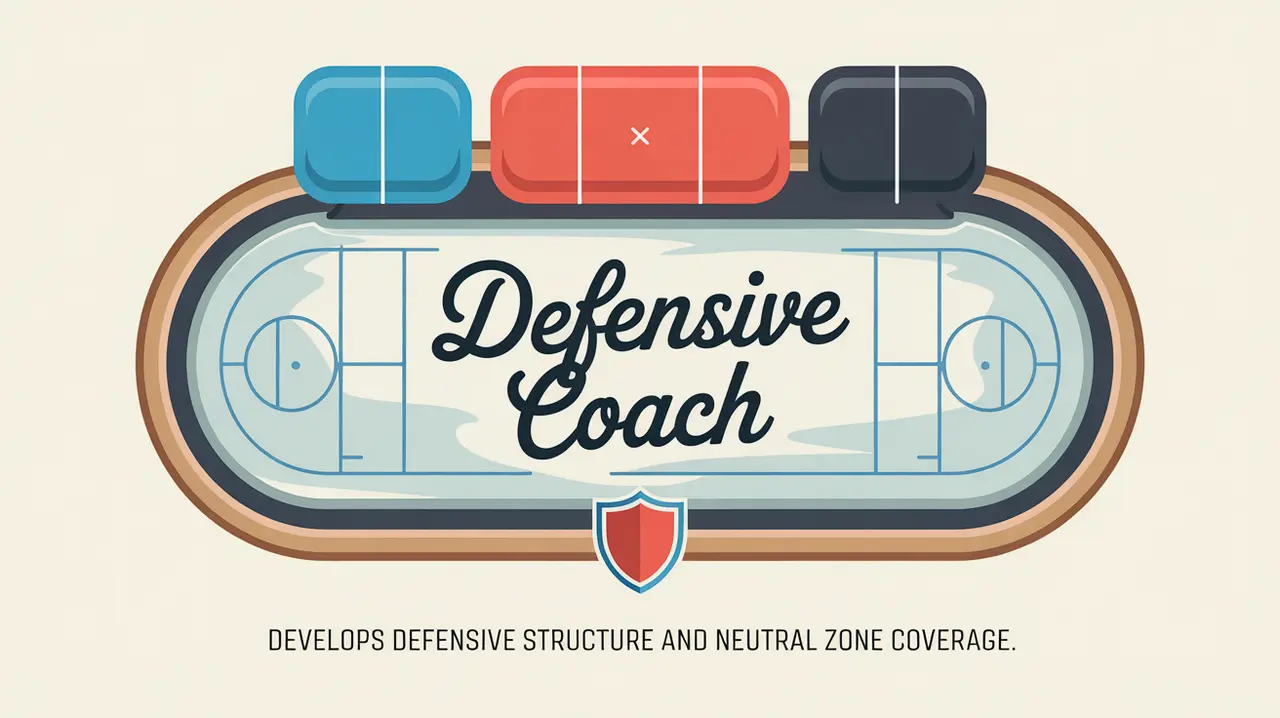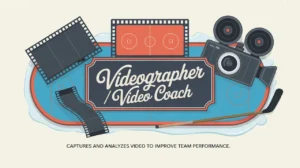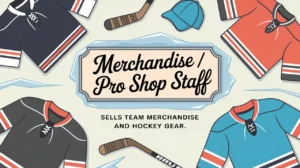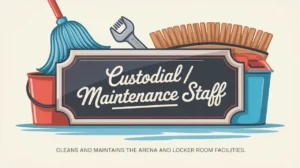Jim’s Intro to the Defensive Coach
Hi folks, Jim here, the only commentator who once misunderstood instructions and brought a sofa to practice, when asked to go find a defensive coach.
What is a defensive coach?
A defensive coach is a specialized member of the coaching staff responsible for developing and implementing the team’s defensive systems, structure, and habits. Their job is to limit scoring chances against, control space, and build a strong foundation of positioning and support.
While the offensive coach crafts scoring opportunities, the defensive coach ensures the team can withstand pressure, clear the zone efficiently, and protect the crease like it’s sacred ground.
How does it work?
The defensive coach shapes the game through structure, discipline, and tactical clarity:
Defensive Zone Coverage
- The defensive coach designs systems for covering the slot, pressuring the puck, and supporting teammates under pressure.
- They determine how the team collapses around the net, rotates coverage, and communicates in high-traffic situations.
Breakouts and Transitions
- A strong defense doesn’t just block shots; it starts the attack. The defensive coach develops breakout patterns that allow defensemen and wingers to move the puck cleanly out of the zone, setting up offense while minimizing turnovers.
Neutral Zone Structure
- Defensive coaches implement forecheck counters and neutral zone formations (like trap or 1-1-3 setups) to slow opponents, force dumps, and control tempo.
- This structure often dictates the flow of the game.
Penalty Killing
- Many defensive coaches run the penalty kill, training players to anticipate passes, pressure intelligently, and clear rebounds.
- They focus on stick positioning, shot blocking, and reading offensive formations.
Player Positioning and Skills
- Defensive coaches work closely with defensemen on gap control, angling, body positioning, and stick work.
- They also train forwards on backchecking responsibilities, ensuring everyone contributes to team defense.
Video Analysis and Adjustments
- Defensive coaches study opponent attack patterns to prepare counters. They identify tendencies like preferred entry points, set plays, or shooting habits to tailor the defensive game plan.
Common Situations Involving Defensive Coaches
- Defensive Zone Drills: Running structured coverage drills in practice.
- Breakout Training: Teaching defensemen and wingers how to support and exit under pressure.
- Penalty Kill Strategy: Adjusting formations against different power play setups.
- In-Game Adjustments: Tweaking coverage if opponents exploit a gap repeatedly.
- Neutral Zone Control: Reinforcing structure to manage dangerous rushes.
How do you make good decisions with it?
Great defensive coaches rely on discipline, communication, and foresight.
- Prioritize Structure: A sound defensive system creates predictability and trust.
- Communicate Clearly: Players should always know their coverage responsibilities.
- Stay Calm Under Pressure: Panic leads to breakdowns; structure wins battles.
- Anticipate Opponents: Understanding offensive tendencies leads to better counters.
- Balance Defense and Transition: Good defense sets up great offense.
How do you master it?
Mastering the defensive coach role requires deep tactical knowledge, strong teaching skills, and the ability to instill discipline. The best defensive coaches turn complex systems into simple, repeatable habits, training players to instinctively react to pressure. They also know how to build confidence in shot-blocking, gap control, and crease protection without stifling creativity entirely.
What does it look like when done right?
A great defensive coach creates teams that defend with structure, recover quickly, and frustrate opponents into low-percentage plays. Breakouts are clean, penalty kills are suffocating, and defensive coverage looks synchronized rather than scrambled. Opponents feel like they’re skating into a wall every time they try to attack.
Commentator’s Corner
Jim’s Take
A defensive coach is like the builder of a castle wall. You might not notice every brick they lay, but when the siege starts, their work determines whether the fortress holds.
Parent Tip
Strong defensive habits start young. If your player plays defense, pay attention to how the defensive coach teaches positioning. It often defines long-term success.
Player Tip
Listen closely to defensive coaches. Mastering angles, gaps, and structure doesn’t just keep pucks out of your net. It earns trust and ice time fast.
A Final Thought
The defensive coach is the guardian of structure and discipline, blending tactical precision with player development to keep opponents off the board. When mastered, the role combines anticipation, communication, and resilience, turning a team’s zone into the hardest place on the ice to score.









